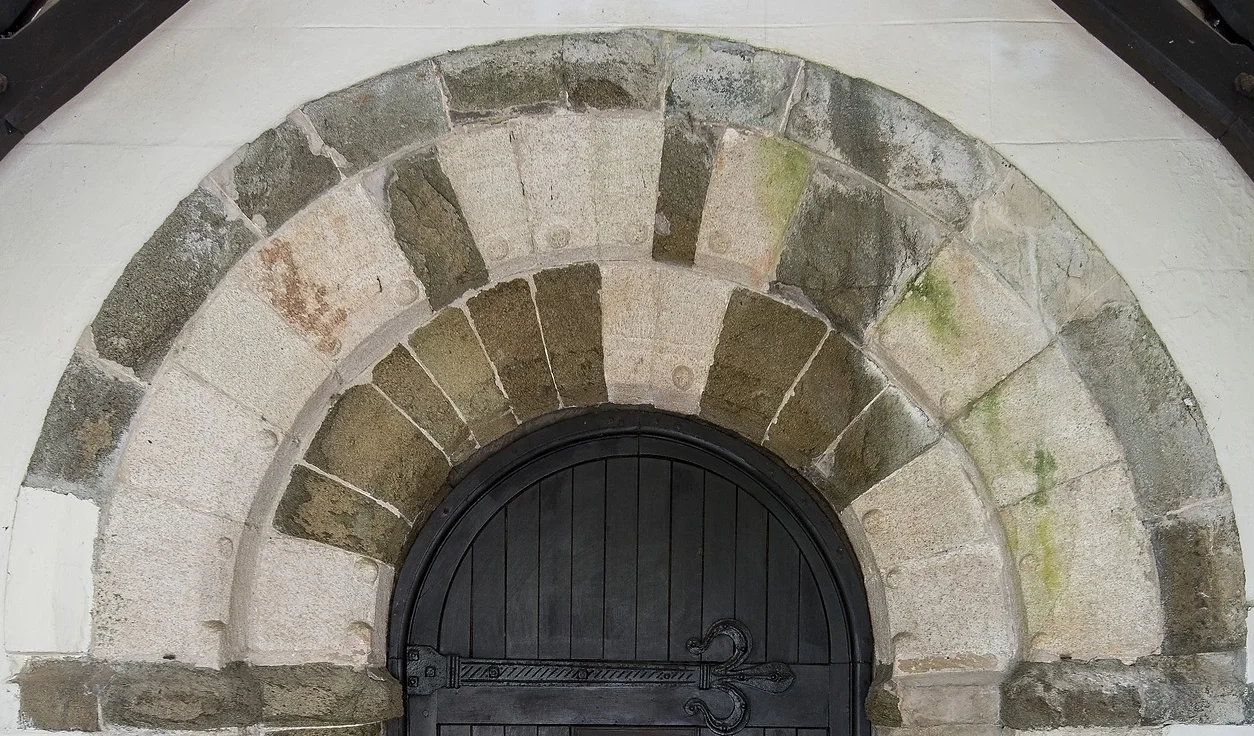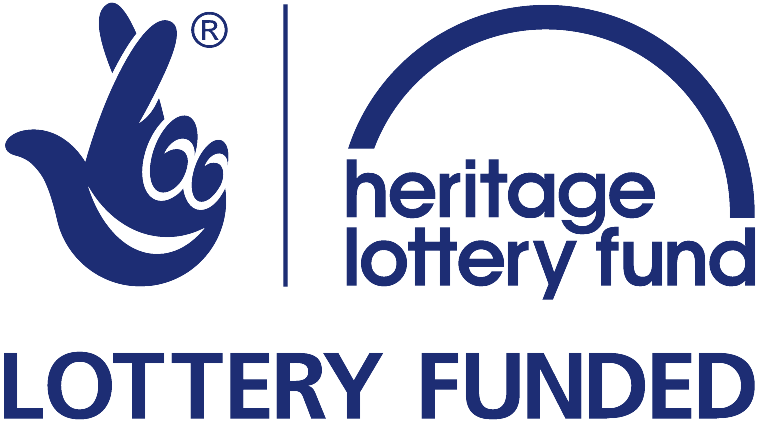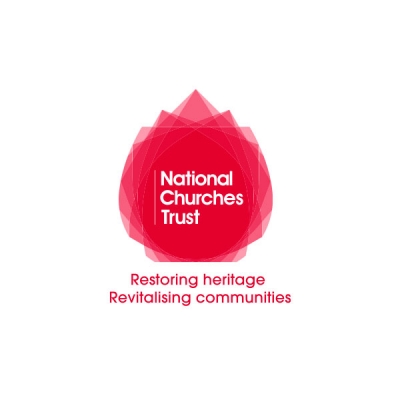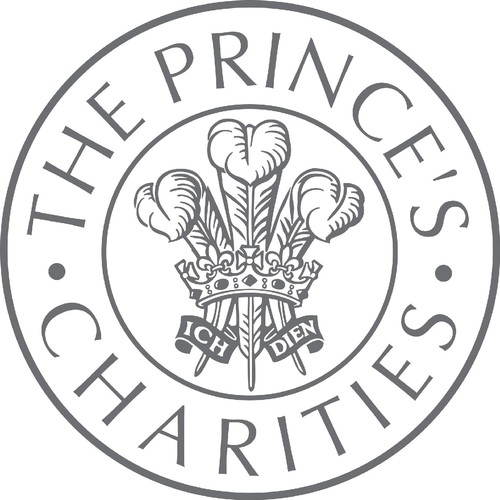Photography by Charles Francis
Brief History
The ancient Celtic cross
Like many ancient parish churches, St Stephen Parish Church has been subject to many repairs and restorations throughout the centuries. Dedicated on 20th August 1261 by Bishop Bronescombe of Exeter, its patron is unknown, but the bishop recorded in his register that he had just dedicated ‘the church of St Stephen juxta Hyndemore’, the church near the moor which extends to what is now known as Hensbarrow.
It is likely that this is not the first church in St Stephen, indicated by the ancient crosses in the churchyard by the south door, and by the name of the nearby farm, Egloshellens, suggesting an earlier church; according to some dedicated to St Elent, by others to St Helen. Opposite the crosses is a reading stone, where the priest would give out the news after the Sunday service.
Norman font
The very oldest visible parts of the church are the south door and the Norman font, dated by historians as between 1150-1180. Originally sited inside the door, it now stands in an imposing and elevated position at the west end of the church, and the bowl is one of the best of its type, carved with exotic beasts, lilies, and corner heads with crowns. Evidence can also be seen of where 13C fixings were used to fasten the cover on the font to prevent people from stealing the holy water. The 39”thick walls on the south side of the church indicate that the ancient walls are now found within a more modern exterior, but on the Norman doorway you can still see the stone ‘nail heads’, an unusual feature giving the impression that a nail was driven through the stone. The latest part of the church is the unfinished Tudor south aisle, faced with granite ashlar. Only the north aisle retains its late medieval roof.
The three parishes of St Stephen-in-Brannel, St Michael Caerhays and St Dennis constituted a united rectory and vicarage until 1852, when the three livings were made into three separate rectories. St Stephen was originally the ‘mother’church, the others being regarded as chapels to it. In the sixteenth century according to Henderson it became usual for the rectory and vicarage to be held together and the preference of the incumbents for residence at Caerhays brought about the notion that Caerhays was the mother church. For some time the parishioners of St Dennis paid the Mother Church on each St Stephen’s day one pound of beeswax and one black sheep.
The tower was struck by lightning in 1784, and by the time Revd A R Taylor was appointed in 1852 the church was in a very bad state. Successive Rural Deans in the early 19th century reported that the end chancel wall ‘was out of perpendicular’, the roof was out of repair, and suggested that the floor ‘of common soil’ should be laid with stones. Delaying the building of a Rectory here, Taylor was determined to make God’s house watertight, and a major restoration was undertaken in 1854. Also elevated, the High Altar is in Taylor’s memory. Something that didn’t survive this was a fresco painting depicting the martyrdom of a mitred figure with a rope around his neck who was laid out on a tomb or altar, surrounded by others, including another bearing a mitre, holding their hands in the attitude of lamentation.
The stoning of St Stephen the first martyr
Major work was again undertaken in the late 19th and early 20th Centuries, which included the removal of pews and screen, work to the bells, moving of the organ and vestry, providing heating, works to the ceiling, roof and walls – an almost complete restoration for less than £2,000. Additions of particular note over the years are the stained glass windows to the east end of the church – one depicting the stoning of St Stephen, in memory of Canon F F Gilbert, and behind the High Altar a memorial to those who lost their lives in World War II, showing the two principal industries of the parish, farming and clay mining, around a central panel showing the Last Supper, together with emblems of the armed forces.
Written first for Cornwall Historic Churches Trust to whom we are very grateful for grant funding. More church histories can be found on their web site.
Family History
We receive a large number of enquiries for register searches, details of graves and other information from those who are researching family history.
We will help in any way we can, but before you contact us, it might help to know that we do not keep copies of old registers at the church and have no means of searching them for you. The easiest way of finding the entries you are looking for is to contact Cornwall County Records Office, at Kresyn Kernow in Redruth.
Burials have not taken place in the churchyard for many years, and the churchyard is now closed and maintained by St Stephen-in-Brannel Parish Council. Comments and enquiries can be made directly to them, and they are always very helpful. Full details are on their web site.
If you would like to visit the church where your ancestors worshipped, please do get in touch and we would be delighted to show you around.
Transcriptions do exist for the following parish records, and can be easily accessed by contacting John Evans, the Online Parish Clerk (Genealogy) for St Stephen-in-Brannel, see link below.
Baptisms 1694-1951
Banns 1754-1812 & 1854-1925
Marriages 1694-1906
Burials 1695-1968
Burial registers of Churchtown Cemetery 1878-1999 and Nanpean Cemetery 1880-1999
The 1838 Tithe Apportionment Schedule for the parish
The Vaccination Record for the parish 1853-1879
High Street School Admission Register 1878-1928
St Stephen Infants School Register 1908-1922
St Stephen School Register 1878-1922
In addition transcriptions of some of the baptisms from Foxhole chapel, St Stephen Methodist chapel and Whitemoor Bible Christian chapel.
If you are interested in any of these family history records, please make contact with John Evans via the OPC website parish page.
In Gratitude
Recently St Stephen Church has undergone extensive restoration and renovation to remove dry rot, roofing works and lead work. This was supported by many individuals and charities. In particular we would like to acknowledge the following grant making bodies for their generous support:











